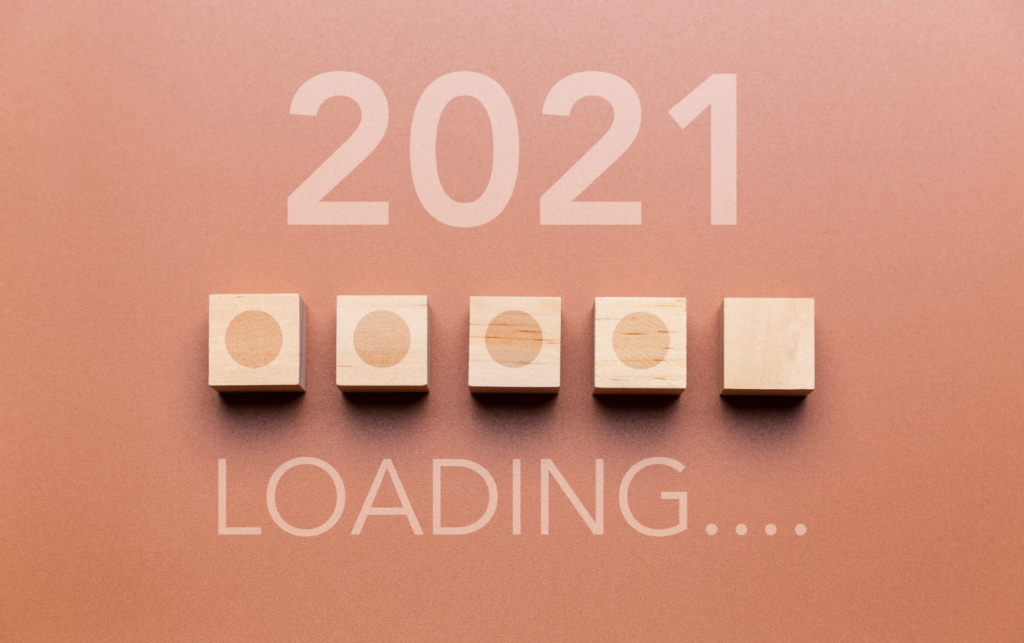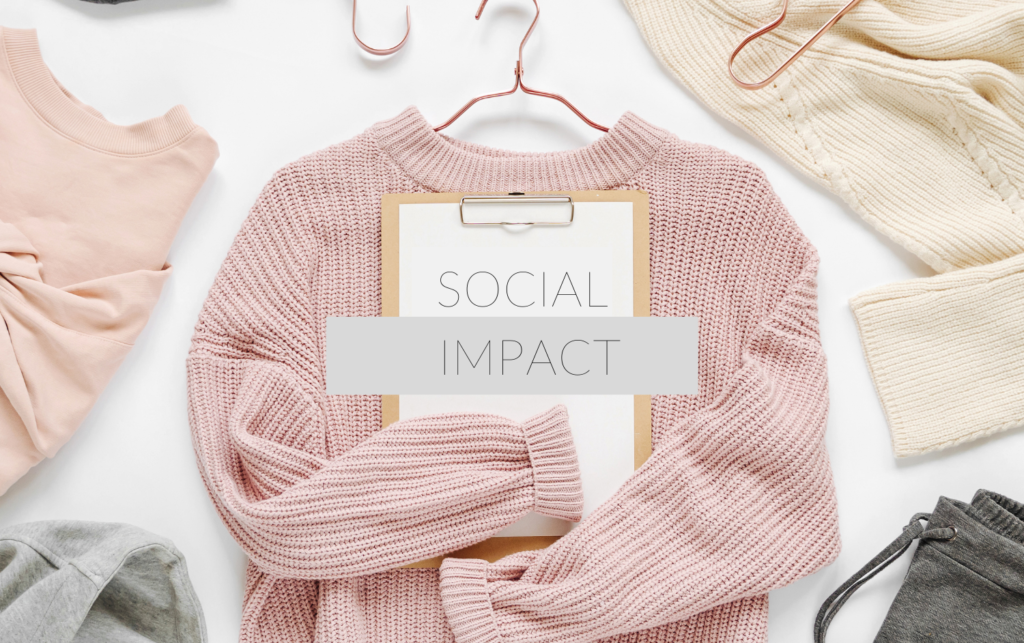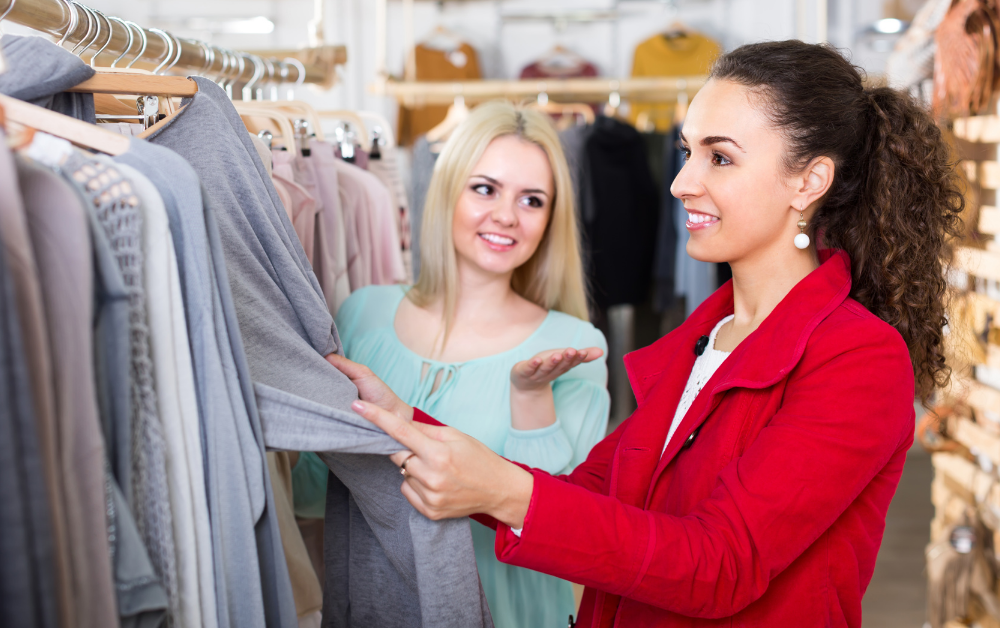2021 Trends: How COVID-19 is changing fashion
by ajones | Dec 23, 2020 | Blog, Sustainability | No Comments

2021 trends and expectations for companies and consumers look different than previous years. When McKinsey surveyed fashion executives in late 2019, 55% of them expected economic conditions in 2020 to be worse than the previous year. They expressed concerns about areas such as sustainability, generational shifts, shopping mall vacancies, and bankrupt brick-and-mortar retailers (Amed, Balchandani, et al., 2020). Little did they know that these problems would soon be intensified by a pandemic, which has changed much of the world, including the fashion industry, in ways that are still being determined.
Brand, retailer, and consumer trends in 2021
McKinsey’s recent 2021 State of Fashion report notes that fashion companies will post about a 90% decline in economic profits for 2020 (Amed, Berg, et al., 2020, p. 10). Along with handling disrupted supply and decreased demand, retailers have certainly had to change how they sell merchandise, and many of these changes will permanently impact the industry’s landscape.
McKinsey lists ten themes across three critical categories for 2021 (Amed, Berg, et al., 2020, p. 16-17). Some of these are:
- Diminished demand–Consumers have less disposable income and fewer commitments outside of the home.
- Seeking justice–Consumers want to know more about how products are made and their impact on the environment.
- Creating deeper partnerships–To strengthen supply chains, companies need to move from transactional relationships to partnerships that are reliable and efficient.
In seeking to meet these needs, one way that a number of retailers are changing is to offer variations of rentals, sales, and subscriptions. Digital Commerce 360 notes that companies such as Nordstrom, Walmart, and Patagonia are trying rent-buy models or selling used or refurbished goods. These models attract customers who only need an item for a short time or lack funds. This approach encourages brand loyalty, as customers interact with the retailer multiple times during a product’s lifecycle (Sheldon, 2020).
Some well-known retailers, such as Walmart, are creating a hybrid model, blending online and in-store shopping that “transforms a retail space into an experience center” (Sheldon, 2020). This can include setting sales appointments to try a product before ordering or testing a product before purchase. Canada Goose, for example, offers an arctic room that goes to -20° F so that shoppers can test a jacket in real-world conditions (Sheldon, 2020). It’s hard to imagine that augmented reality and virtual reality will not continue to grow in popularity as well.
Changing expectations
The necessity of online shopping has created new expectations for many consumers during the past year. Fashion United (2020) certainly emphasized this when sharing that “stats show that one in three buyers chose to purchase from brands that personalize with AI, predictive ordering functionality, customized product catalogs, and one-click reordering, to name a few critical personalization features. The investment in personalization engines that identify customer intent pays off for retailers as well, boosting online profits by up to 15%.”
In addition to a personalized experience, customers want more payment options, effective customer service, and fast order fulfillment and delivery–56% of millennials expect same-day delivery (Fashion United, 2020).
Of course what consumers purchase has changed also. As well as shifting purchases from categories like accessories, shoes, and bags to loungewear and athleisure, COVID-19 has even changed color trends. For example, red and navy apparel sales dropped by 45 and 50% respectively between March and June 2020. Even the classic black and white fell in popularity. Instead, more cheerful colors sold (Nishimura, 2020).
An ever-changing future
In conclusion, these are just some of the ways that the pandemic has changed the fashion landscape. As expected, surveys show that the biggest opportunities lie ahead in the digital realm, and the industry can expect to see continued focus on sustainability, fairness, and social justice (Amed, Berg, et al., 2020, p. 11-13). Whether 2021 brings more shopping and working from home or not, brands, retailers, and consumers can harness this opportunity to reevaluate and make changes that will be positive in the long run.
References
Amed, I, Balchandani, A., Hedrich, S., Poojara, S., & Rölkens, F. (2020, February 27). The fashion industry in 2020: Ten top themes from The State of Fashion. McKinsey. https://www.mckinsey.com/industries/retail/our-insights/the-fashion-industry-in-2020-ten-top-themes-from-the-state-of-fashion
Amed, I., Berg, A., Balchandani, A., Hedrich, S., Rölkens, F., Young, R., Jensen, J. E., & Peng, A. (2020, December 1). The State of Fashion 2021. McKinsey. https://www.mckinsey.com/~/media/McKinsey/Industries/Retail/Our%20Insights/State%20of%20fashion/2021/The-State-of-Fashion-2021-vF.pdf
Fashion United. (2020, November 18). The Top 9 B2B Ecommerce Trends for 2021. https://fashionunited.com/news/business/the-top-9-b2b-ecommerce-trends-for-2021/2020111836546
Nishimura, K. (2020, June 10). Coronavirus Drives Consumers to Crave—or Cancel—These Colors. Sourcing Journal. https://sourcingjournal.com/topics/retail/skypad-fashion-analytics-luxury-apparel-color-trends-inventory-gap-coronvirus-214811/
Sheldon, P. (2020, November 5). 5 predictions: How things will change for retailers in 2021. Digital Commerce 360. https://www.digitalcommerce360.com/2020/11/05/5-predictions-how-things-will-change-for-retailers-in-2021/

Degrowth and the Fashion Industry
Between 2000 and 2014, consumers increased their apparel purchases by an average of 60%, with 85%...

Ethical fashion: What it is and why it matters
While the terms sustainable fashion and ethical fashion are often used interchangeably, they do not...

Is the Fast Fashion Industry in Decline?
Fast fashion brands produce trendy clothes at an affordable price, and they release new designs...

